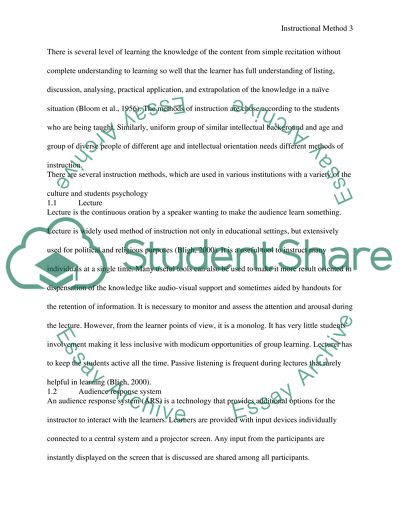Cite this document
(“Instructional method and comprehension Essay Example | Topics and Well Written Essays - 2000 words”, n.d.)
Instructional method and comprehension Essay Example | Topics and Well Written Essays - 2000 words. Retrieved from https://studentshare.org/education/1668338-instructional-method-and-comprehension
Instructional method and comprehension Essay Example | Topics and Well Written Essays - 2000 words. Retrieved from https://studentshare.org/education/1668338-instructional-method-and-comprehension
(Instructional Method and Comprehension Essay Example | Topics and Well Written Essays - 2000 Words)
Instructional Method and Comprehension Essay Example | Topics and Well Written Essays - 2000 Words. https://studentshare.org/education/1668338-instructional-method-and-comprehension.
Instructional Method and Comprehension Essay Example | Topics and Well Written Essays - 2000 Words. https://studentshare.org/education/1668338-instructional-method-and-comprehension.
“Instructional Method and Comprehension Essay Example | Topics and Well Written Essays - 2000 Words”, n.d. https://studentshare.org/education/1668338-instructional-method-and-comprehension.


